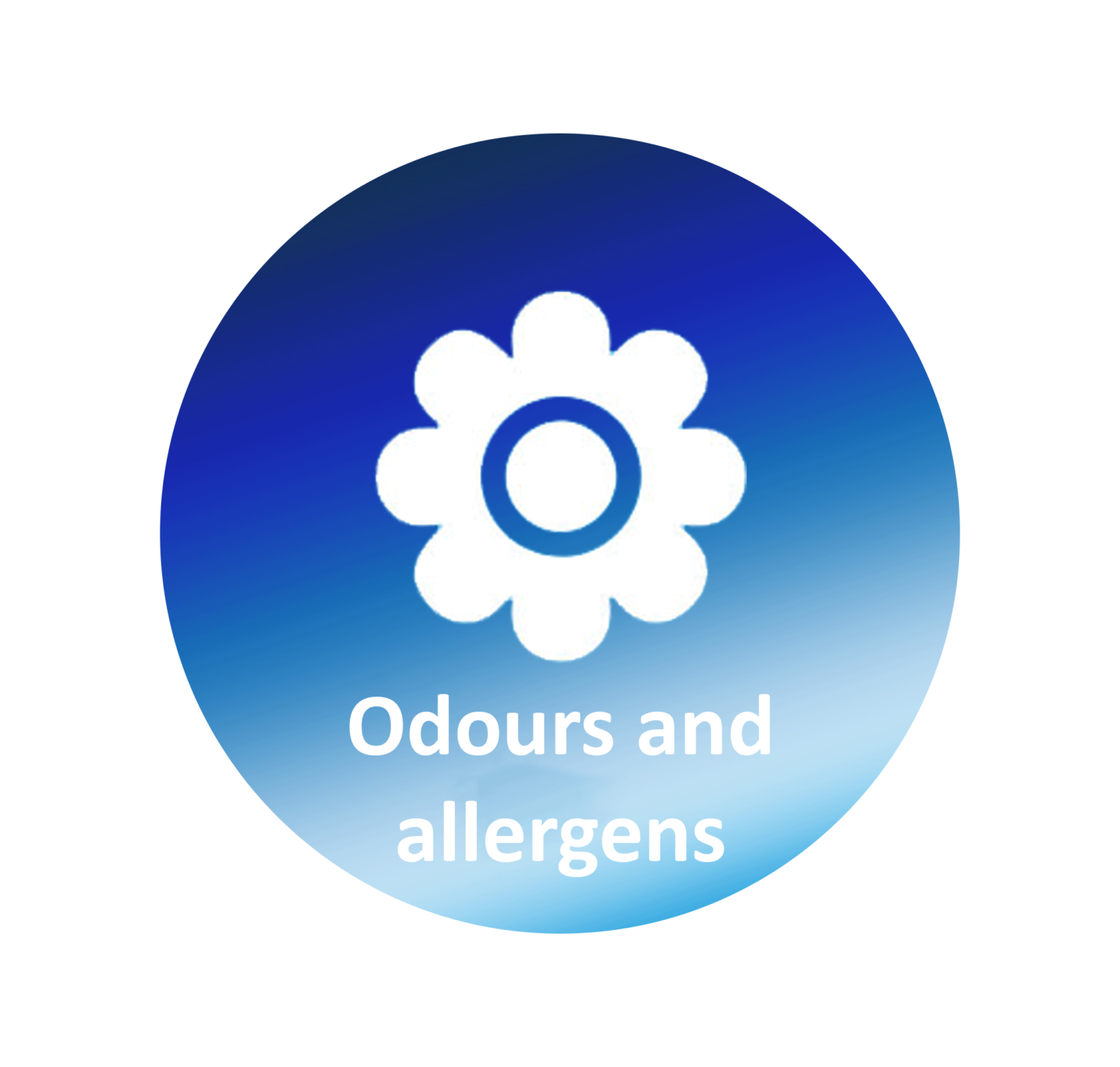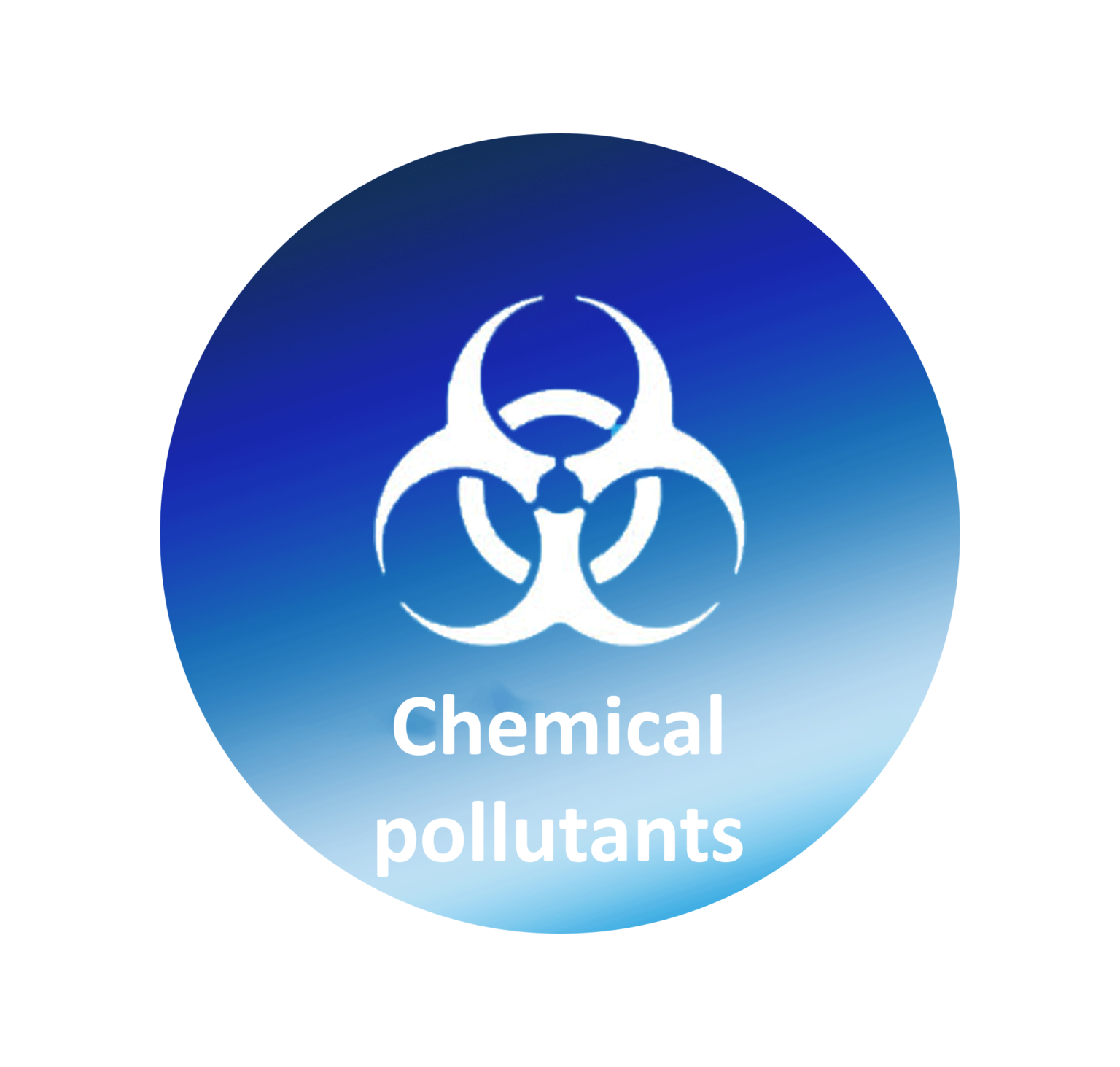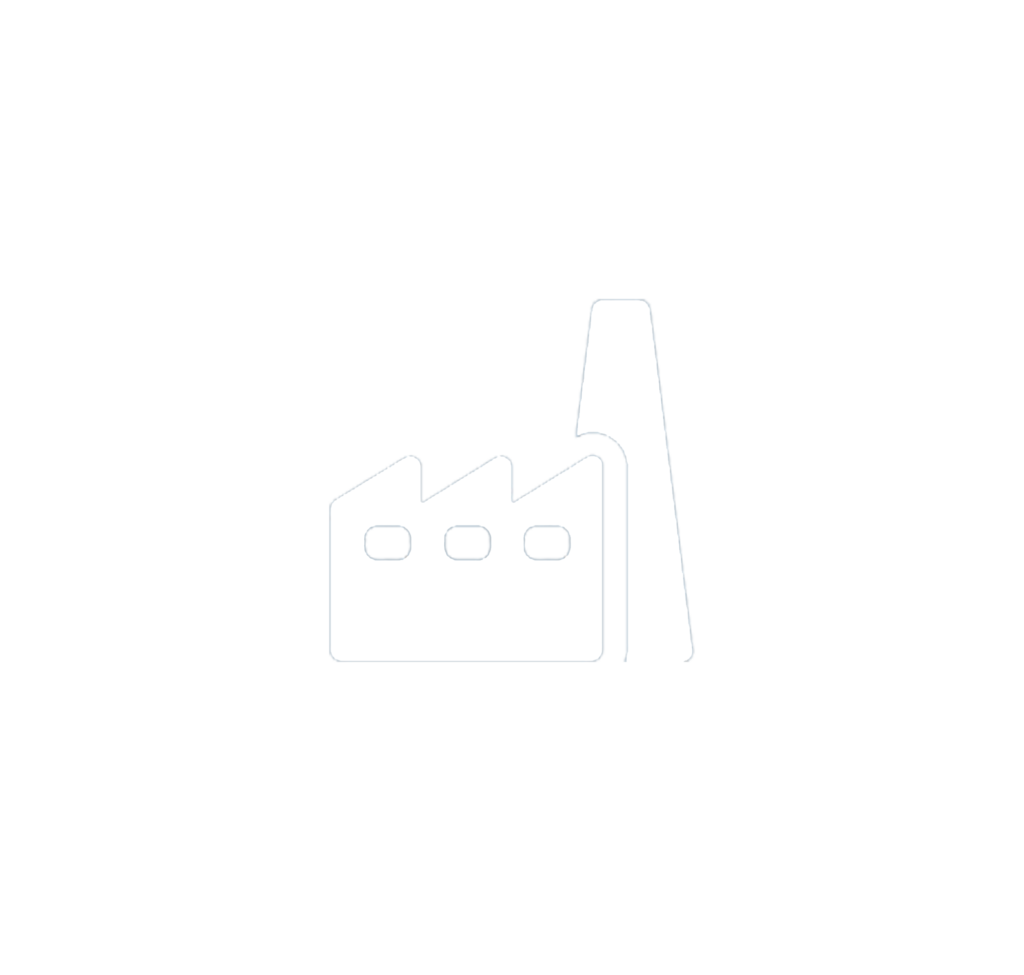Ikibox purifiers: innovation at the service of indoor air quality
Ikibox is a range of new generation air purifiers designed by the Swiss company Banyan Health.
By intervening directly at the molecular level, our innovative products neutralize all indoor air pollutants in less than 10 minutes. A unique technology in the world that allows you to regain clean air and effectively preserve your health.
While we spend on average three quarters of our lives indoors, the air inside buildings is often much more polluted than outside.
Indoor air quality (IAQ) is now considered a public health issue and is taking on increasing importance in health and safety standards. In France, establishments that receive minors have been required to implement IAQ monitoring since January 1, 2020.
Navigate to the page:
Ikibox, an advanced technology to purify the air

2 : The air enters the tangential reactor and undergoes different stages of treatment: cellular inactivation, opening of the cytoplasm, de-crosslinking of the constituents, oxidation/mineralization.
3 : After treatment, the air is discharged of the pollutants that constituted it. They are destroyed or emerge as compounds naturally present in air (O2, CO2, H20, N2).
Ikibox air purifiers use a revolutionary technology to clean the ambient air, developed in partnership with French and European laboratories, and are of medical quality. Based on the principle of advanced oxidation by plasma-catalysis, it acts on molecules and removes all pollutants and contaminants in order to restore the original purity of the air.
Ikibox solutions enable healthcare institutions to drastically limit the risks of proliferation of bacteria and viruses. Their use in confined spaces reduces the risk of airborne contamination by 50 to 70% (IAQ 2012 study) as well as the impact of chemical pollutants and other endocrine disruptors.

Clean up 99,9999 % of indoor air in 10 minutes
Ikibox range
Iki One
Ikibox 120
Ikibox 250
Ikibox 1000
Understand everything about the different indoor air treatment technologies.
In this difficult sanitary period, the issue of indoor air quality is imposed on everyone.
But if everyone begins to take stock of the stakes, however, it is not always easy to navigate between the different models proposed, and especially the different technologies used.
Ionization, photocatalysis, zeolite or filter purifiers, which technology to choose and for what use?
To help you find your way around, we have made an inventory and a comparison of the different technologies present on the market.
Air purifiers without filters and without ozone production
Unique on the market and resolutely top-of-the-range, Ikibox products are more advanced than other air purifiers, including those of major brands such as Dyson, Xiaomi, Rowenta or Philipps. Indeed, they stand out on several levels.
- Incomparable performance: the number of digits after the decimal point is not anecdotal! While our competitors claim that their products clean 99.9% or 99.99% of the air, Ikibox solutions depollute up to 99.9999% of indoor air in less than 10 minutes!
- No consumables: more practical and more ecological! While many air purifiers operate with filters that need to be cleaned and changed regularly, Ikibox products do not require any consumables and their maintenance is greatly facilitated.
- No health risk: the solution must not be worse than the problem! The use of filters in an air purifier can lead to the formation of secondary sources of contamination when they are replaced or if they are damaged, while ionizers produce ozone and have therefore been banned in the United States since 2007.


Purifying the air through the oxidation of pollutants: how does it work?
The innovative Ikibox technology combines two oxidation processes, plasma and photocatalysis. This coupling makes it possible to obtain a “molecular cracking” of chemical pollutants and air contaminants, and to keep in the atmosphere only its original elements: O2, CO2, H2O, N2.
The plasma-catalytic action is generated in a tangential reactor and allows the elimination of aerosols and fine particles in suspension, the cellular destruction of microorganisms and the mineralization of chemical pollutants in order to make them harmless to the organism.
This process allows us to recreate the air in its original state by preserving the natural balances of our atmosphere and eliminating odours, pollutants and contaminants.
Banyan Health, a company with R&D DNA
A precursor to indoor air that sets the standard
Ikibox solutions are the result of several years of research. In partnership with leading laboratories, Banyan Health actively participates in the development of innovative test protocols.
This work is helping to develop technological solutions for indoor air decontamination and makes Ikibox, created in 2015, a benchmark player in the sector.


Technological Innovation Specialist
Ikibox’s founder, Firas Esreb, is a specialist in breakthrough innovations. He is also the head of the company CoffraFrance, which has developed a unique process to reduce the environmental impact of concrete construction sites.
Ikibox offers solutions specifically designed to eliminate harmful pollutants from indoor air, and the use of proven technologies allows the devices to be used in the presence of humans, animals or food. For owners of dogs, cats, birds, for example, or for professionals in the livestock and food industries, Ikibox is a viable and healthy solution.
Numerous fields of application
Our devices can be installed in any confined space where air treatment is required or desirable. After an implementation study, our teams of experts accompany you at every step of the integration of our products in your establishments.
Developments are currently underway to adapt our solutions to other sectors such as the army and aeronautics.
For any implementation study:

Indoor air quality, a little-known issue
Every day, a human body needs about 2 litres of water, 2 kilos of food… but also 15,000 to 18,000 litres of air! We spend between 70 and 85% of our time indoors (office, supermarket, school, factory, waiting room, gym…), but we breathe air that is 5 to 90 times more polluted than outside*.
Toxic gases of natural origin, harmful substances from furniture, cleaning products or paints, cigarette or vapour smoke, micro-organisms present in dust or generated by humidity… Indoor air pollutants are numerous and cause serious health consequences such as the development of allergies and asthma.
In a study of April 2014, the ANSES** estimated that indoor air pollution would be responsible for approximately 20,000 deaths in France each year. The overall health cost is also estimated at 19 billion euros per year!
* Source: French Agency for Environmental and Occupational Health and Safety
** National Agency for Food, Environmental and Occupational Health and Safety
Standards and certifications
Ikibox products are intended for the medical community, industrial companies, establishments receiving the public, but also for private individuals. The company has obtained many demanding standards and certifications that attest to the effectiveness of its air pollution control solutions.
In particular, Ikibox is the only player on the market to offer air purifiers with the ISO B44A-013 standard, issued by Afnor.
The main standards obtained by Ikibox
Performance
B44A standard: intrinsic performance of air purifiers
This document applies to stand-alone air cleaners for commercial and residential applications. The document also applies to room air conditioners with a self-contained air cleaning function. This document describes test methods for evaluating the intrinsic performance of air cleaners (cleaning efficiency with respect to pollutants, calculation of the clean air flow rate, measurement of sound power). This document applies to the products defined above, regardless of the purification elements used by the air cleaners. B44A-013/2016 may be used if the applicant wishes to demonstrate the presence of a photocatalytic effect in the scrubber under test.
Security
Standard 60335-2-65: Air cleaners
This International Standard deals with the safety of electric air cleaners for household and similar purposes with a rated voltage of not more than 250 V for single-phase appliances and 480 V for other appliances. Appliances not intended for normal domestic use but which may nevertheless constitute a source of danger to the public, such as appliances intended for use by unsophisticated users in shops, craftsmen’s shops and on farms, are included in the scope of this standard. To the extent possible, this standard addresses the ordinary hazards presented by appliances, which are encountered by all individuals in and around the home. However, this standard does not generally address – the use of appliances by young children or disabled persons without supervision; – the use of the appliance as a toy by young children.
Standard 60601-1: Medical Devices
This part of IEC 60204 applies to electrical, electronic and programmable electronic equipment and systems of non-handheld machines in operation including a group of machines operating together in a coordinated manner. The equipment covered in this part of IEC 60204 begins at the point of connection of the power supply to the electrical equipment of the machine (see 5.1). This part of IEC 60204 is applicable to electrical equipment or parts of electrical equipment operating at a nominal supply voltage not exceeding 1 000 V a.c. or 1 500 V d.c. and for nominal supply frequencies not exceeding 200 Hz. This part of IEC 60204 does not cover all requirements (e.g. protection, interlocking or control) which are necessary or prescribed by other standards or regulations intended to protect persons from hazards other than electrical hazards. Each type of machine has its own requirements that must be taken into account to provide the appropriate safety.
Standard 60204-1: Electrical equipment of machines
This part of IEC 60204 applies to electrical, electronic and programmable electronic equipment and systems of non-handheld machines in operation including a group of machines operating together in a coordinated manner. The equipment covered in this part of IEC 60204 begins at the point of connection of the power supply to the electrical equipment of the machine (see 5.1). This part of IEC 60204 is applicable to electrical equipment or parts of electrical equipment operating at a nominal supply voltage not exceeding 1 000 V a.c. or 1 500 V d.c. and for nominal supply frequencies not exceeding 200 Hz. This part of IEC 60204 does not cover all requirements (e.g. protection, interlocking or control) which are necessary or prescribed by other standards or regulations intended to protect persons from hazards other than electrical hazards. Each type of machine has its own requirements that must be taken into account to provide the appropriate safety.
Standard 60335-2: household electrical appliances
This International Standard deals with the safety of electric vacuum cleaners and water suction cleaning appliances for household and similar purposes, including vacuum cleaners for animal care, with a rated voltage not exceeding 250 V. It also applies to central vacuum cleaners and automatic battery-powered vacuum cleaners.
Standard 12100: Risk Management
This part of IEC 60204 applies to electrical, electronic and programmable electronic equipment and systems of non-handheld machines in operation including a group of machines operating together in a coordinated manner. The equipment covered in this part of IEC 60204 begins at the point of connection of the power supply to the electrical equipment of the machine (see 5.1). This part of IEC 60204 is applicable to electrical equipment or parts of electrical equipment operating at a nominal supply voltage not exceeding 1 000 V a.c. or 1 500 V d.c. and for nominal supply frequencies not exceeding 200 Hz. This part of IEC 60204 does not cover all requirements (e.g. protection, interlocking or control) which are necessary or prescribed by other standards or regulations intended to protect persons from hazards other than electrical hazards. Each type of machine has its own requirements that must be taken into account to provide the appropriate safety.
Directive 2004/108 (EMC)
Directive 2006/42 (machinery)
Directive 2006/95 (low voltage)
Directive 2011-65 (ROHS)
Directive 93/42 (medical devices)
Electromagnetic compatibility
Standard 61000-6-2: Electromagnetic immunity for industrial environments
This part of IEC 61 000 concerning immunity requirements for electromagnetic compatibility applies to electrical and electronic apparatus for use in industrial environments as described below. This part covers immunity requirements in the frequency range 0 kHz to 400 GHz. It is not necessary to carry out tests at frequencies for which no requirements are specified. This generic EMC immunity standard applies in the absence of an applicable product or product family specific EMC immunity standard. The equipment covered by this standard is intended to be connected to a power supply network fed by a high voltage or medium voltage transformer reserved for the supply of an installation supplying an industrial site or similar, and intended to operate in or near industrial sites, as defined below. This standard also applies to equipment which is powered by batteries or accumulators and which is intended for use in industrial sites. The environments covered by this standard are industrial, indoor and outdoor environments. Industrial sites are further characterized by the existence of one or more of the following conditions: – industrial, scientific and medical (ISM) equipment (as defined in CISPR 11); – frequent switching of large inductive or capacitive loads; – high values of currents and associated magnetic fields.
Standard 61000-6-3: Electromagnetic emissions residential, commercial and light industrial environments
This part of IEC 61000 concerning emission requirements for electromagnetic compatibility applies to electrical and electronic equipment intended for use in residential, commercial and light-industrial environments. Emission requirements in the frequency range 0 kHz to 400 GHz are covered. Measurements need not be made at frequencies for which no requirements have been specified. This generic EMC emission standard applies in the absence of an applicable product or product family specific EMC emission standard. This standard applies to equipment intended for direct connection to the public low-voltage supply network or to a specific direct current source intended to act as an interface between the equipment and the public low-voltage supply network. This standard also applies to apparatus powered by batteries or by a non-public but non-industrial low-voltage distribution system, when this apparatus is intended for use in the locations described below. Environments covered by this standard are residential sites, commercial and light industrial premises, both indoor and outdoor. The following list, although not exhaustive, gives an indication of the sites that are covered: – residential properties (e.g. houses, apartments); – retail premises (e.g. shops, supermarkets); – business centres (e.g. offices, banks); – leisure premises receiving the public (e.g. cinemas, bars, dance halls); – outdoor sites (e.g. petrol stations, car parks, leisure and sports centres); – light industrial premises (e.g. workshops, laboratories). Sites which are characterized as being supplied directly with low voltage from the public grid are considered as residential, commercial or light industrial sites.
Standard 55014-1: electromagnetic emissions
This part of CISPR 14 specifies the requirements that apply to the emission of radio disturbance in the frequency range between 9 kHz and 400 GHz by the following appliances, power tools and similar devices powered by an AC or DC power supply system (in particular a battery or accumulator).
Recycling
Directive 2012/19 (WEEE)












